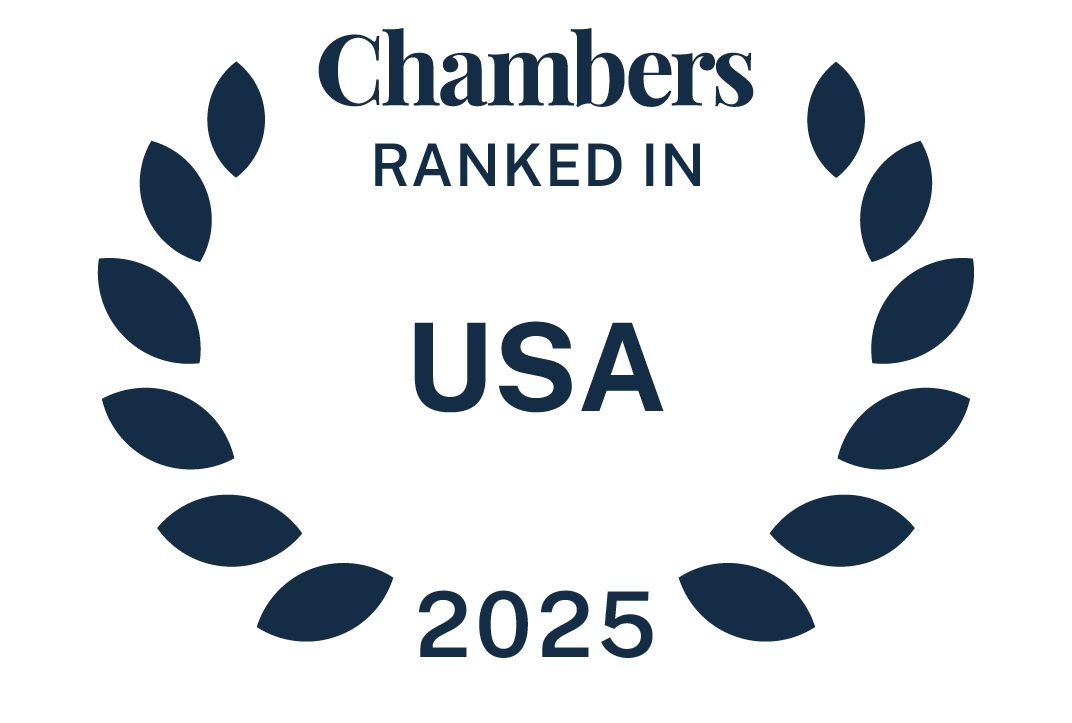On June 21, 2017, US District Judge Sue L. Robinson blocked EnergySolutions, Inc.’s proposed acquisition of Waste Control Specialists LLC (WCS), applying a strict standard for the “failing firm” defense to a merger challenge. The parties compete in the disposal of low level radioactive waste (LLRW). WCS had argued that it would be forced to exit the market due to heavy operating losses if the transaction were not approved. Judge Robinson’s recently released opinion provides insights into how aggressively a putative failing firm must shop its assets to third parties before it can qualify for the failing firm defense to an otherwise anticompetitive merger.
WHAT HAPPENED:- The US Department of Justice (DOJ) filed suit in November 2016 to enjoin the proposed acquisition of WCS by EnergySolutions, arguing that the merger would lead to a substantial lessening of competition in the LLRW disposal industry. DOJ alleged that EnergySolutions and WCS are the only significant competitors in this industry for the relevant geographic market.
- The court found that the government easily established a prima facie case of anticompetitive effects by demonstrating that the proposed acquisition would create a firm controlling an exceedingly high percentage of the relevant market and result in a significant increase in market concentration. Judge Robinson identified two product markets: the disposal of higher-activity LLRW, and the disposal of lower-activity LLRW. In both markets she found that the relevant measures of concentration “blow past the presumptive barriers” for harm to competition, especially in regards to higher-activity LLRW where the transaction would result in a “merger to monopoly.”
- The defendants’ main defense to rebut the government’s prima facie case was that WCS was a “failing firm.” The failing-firm doctrine considers the possible harm to competition resulting from an acquisition preferable to the negative impact on competition, loss to stockholders, and negative effect on local communities that results when a company goes out of business. Judge Robinson’s opinion explains that in order to assert a valid failing firm defense, the defendants must show that WCS faces the “grave possibility of business failure” and that there was no “other prospective purchaser.”
- Judge Robinson avoided deciding the more difficult question concerning whether WCS indeed faced imminent business failure, finding instead that the defendants failed to demonstrate that EnergySolutions was the only available purchaser. According to Judge Robinson, WCS’s parent company failed to make the necessary “good faith efforts to elicit reasonable alternative offers” that would have lesser negative effects on competition.
- The opinion highlights the fact that once it was clear that the parent company was serious about selling all of WCS, the parent company had already agreed to several deal protection devices, such as a 30-day exclusivity period with EnergySolutions, and a “no-talk” provision in the merger agreement. WCS and its parent company thus did not respond to other companies that reached out to express interest in acquiring WCS after the transaction with EnergySolutions was [...]
Continue Reading
read more


 Subscribe
Subscribe
